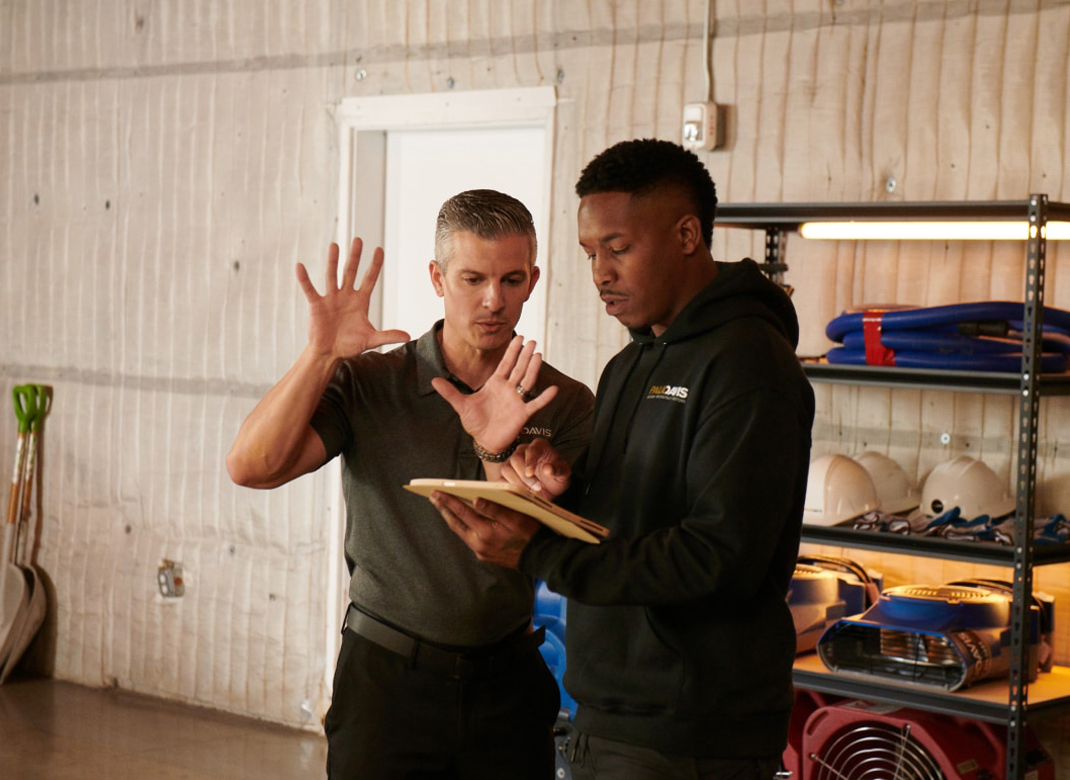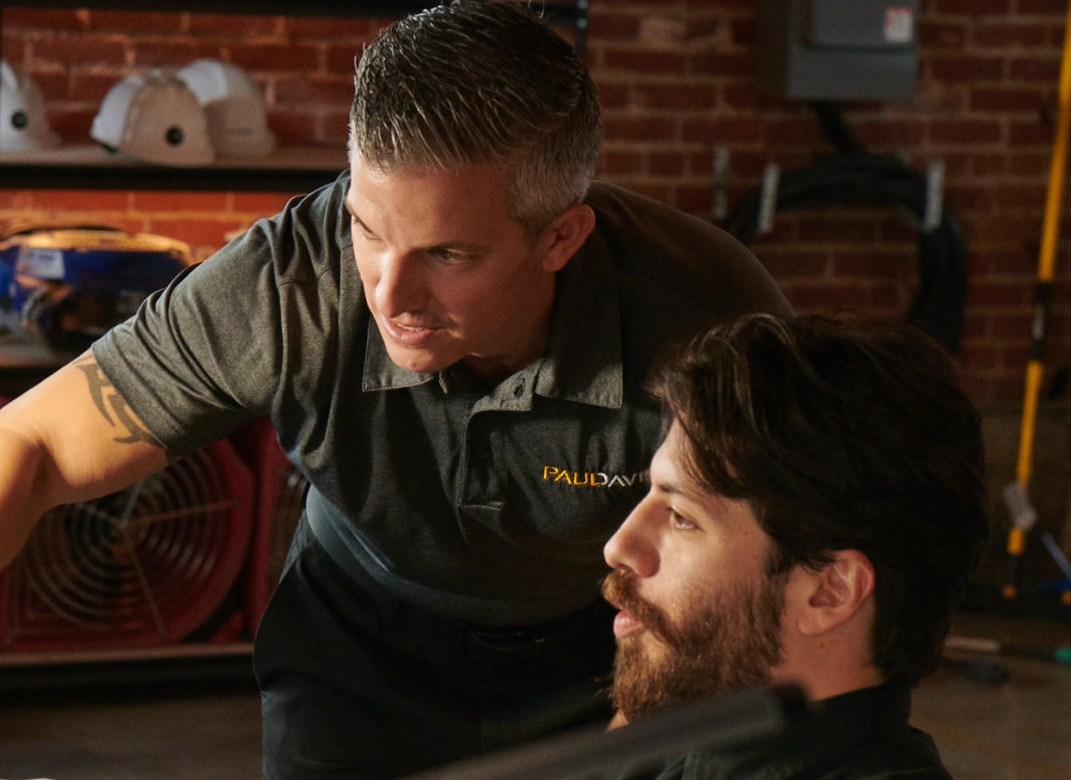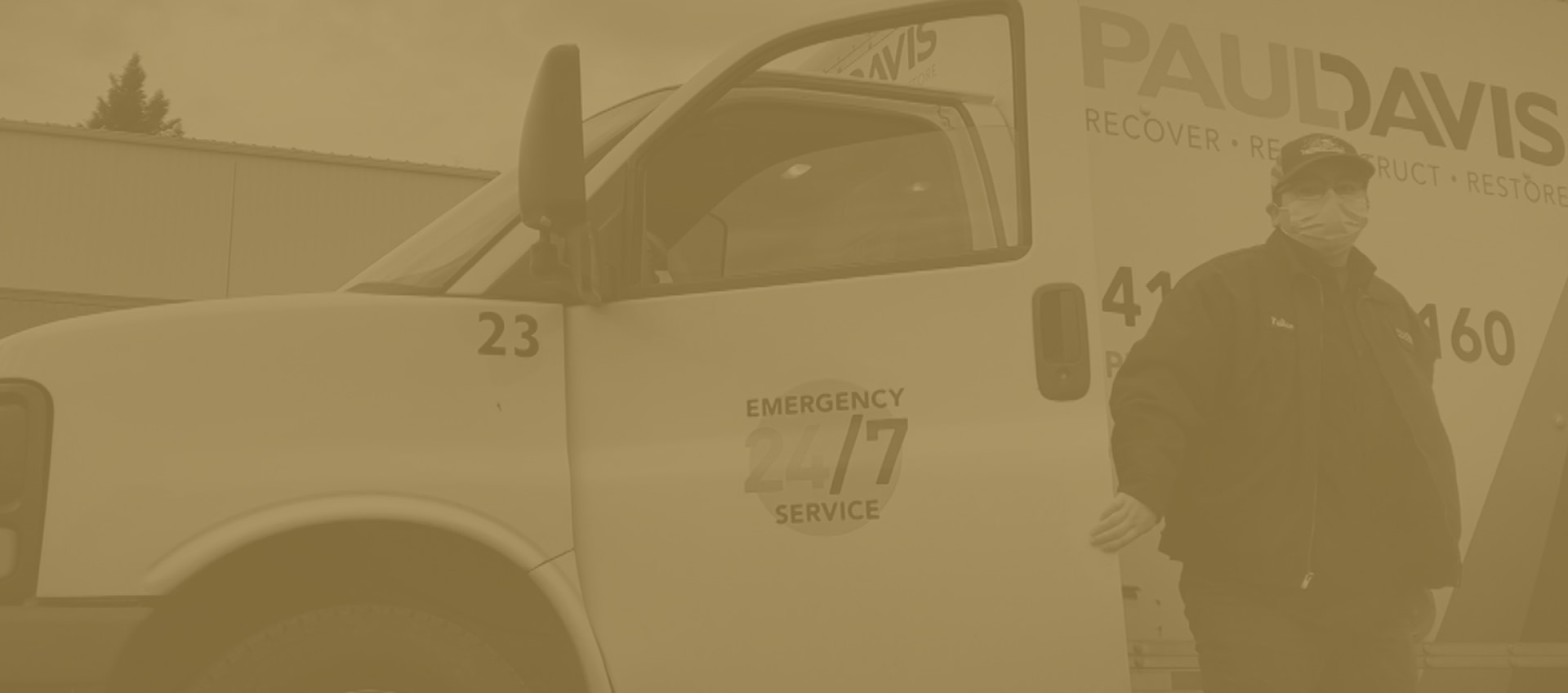Call Paul Davis: Do You Know Black Mold?
Every homeowner worries about black mold, but do you know what it is? Black mold (also known as Stachybotrys) likes to grow in damp spots and is usually seen in areas where condensation has collected or pools or stagnant water inside. Spores come into your house by windows, small openings and can also be tracked on shoes and clothing. While most fungus around your house aren’t dangerous, black mold leads to illness if neglected.
What are the Health Risks?
Black mold is a poisonous species of fungus that releases airborne toxins. The most common symptoms include chronic sneezing, eye, nose and throat irritation and rashes. Additionally, chronic fatigue and persistent headaches can all be symptomatic of black mold exposure or black mold poisoning. Particularly severe occurances of prolonged exposure to black mold are more life threatening. Paired with an allergic reaction to the black mold spores, these symptoms can include nausea, vomiting, and bleeding in the lungs and nose.
About Mold
Black mold grows quickly, so you should never postpone calling a professional to inspect for mold infestation. They can go unseen for weeks, and then spring up practically overnight.
Once mold creates colonies in your living space, it immediately breeds and discharges toxins that make life difficult for residents:
- Mold emits a pungent, mildewed scent that prevents rooms from smelling fresh.
- Mold wreaks havoc on allergy-sensitive people, as well as those with asthma, making symptoms flare up.
- Mold can cause coughing, wheezing, chest tightness, and difficulty breathing.
- Mold toxins can trigger chronic inflammation and continuous cold-like symptoms.
- People with weakened immune systems can get systemic infections of the lungs, skin, or digestive tract.
- In rare instances, mold toxins can cause neurological concerns or even death.
- The more lengthy the exposure, the more severe the danger.
Exceptionally humid homes and offices can be vulnerable to mold invasions even if no water damage has occurred. If you see or smell something that could be mold, get an expert opinion right away.
If you want to eradicate mold, the atmosphere where it flourishes must first be eliminated. Water sources have to be handled, and any remaining moisture must be efficiently dried out. Only then can mold removal and remediation start.
Whether a dripping roof, burst pipe, or other opening, it isn’t enough to curtail the tide. Moisture can drench hidden sections of your home. Without proper cleanup methods, mold will keep returning to these areas.
If you are worried that your house may be growing black mold, reach out to Paul Davis today. Our team analyzes for existence of black mold before starting treatment. Depend on our specialists to remove black mold effectively. Keep your family safe, schedule a black mold inspection today.









